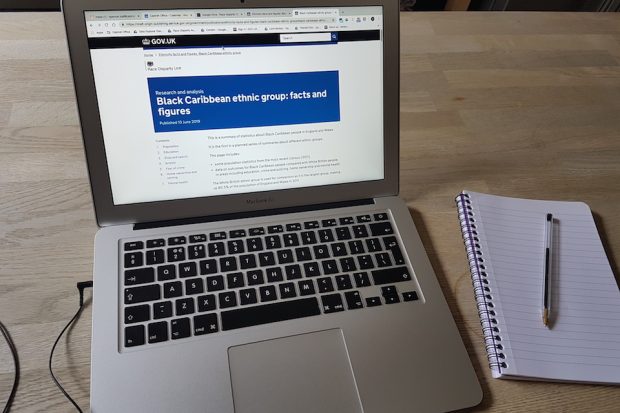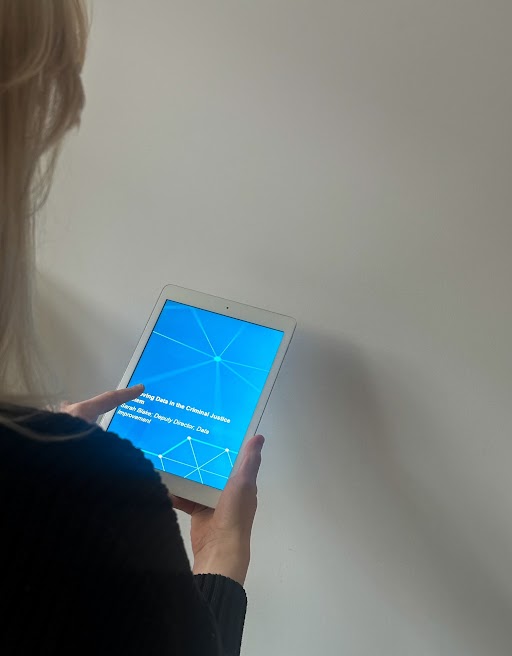How we're helping people understand ethnicity data

...we were able to about the detailed groups. However, if there is user interest we will consider producing summary reports for the five main groups, to provide a more comprehensive...

...we were able to about the detailed groups. However, if there is user interest we will consider producing summary reports for the five main groups, to provide a more comprehensive...
...collected information on “ethnic identity” * 7 collected information on indigenous identity (for example, people who are Torres Strait Islanders in Australia) In some countries information collected on “migrant status”...
...that follow a predictable long-term pattern. With that comparison in mind, we took a simplified exponential decay model approach to represent the fall in unique pageviews over time. In order...
...consider changing the text inside the ‘More info’ link. Currently this serves to explain policy and instead it should help the user answer the immediate question. The team should also...
Sprint: 19 September to 2 October This sprint we’ve been investigating a new prototype dashboard that will help government service teams monitor how they are meeting user needs. The User...
...grown thanks to the increased analytical capability afforded by their investment into their architecture and ability to harness this. Digital media analytics - BT Dr. Jagdev Panesar from BT BT’s...
...to share research and to get research feedback into the payment platform backlog. It would be helpful to hear more about how the research is integrated into the wider product...
...change the design of the service in response to user research. However the current lack of either an interaction designer or researcher in the team will prevent the service from...

...a shared CJS linked dataset. Using Splink, the dataset will bring together Police, CPS and MoJ data to provide new insights into policy, performance, and efficiency of the whole end-to-end...
...is sufficient capacity to deliver phone and face-by-face support, including that external organisations are sufficiently funded to meet demand including messages within the service itself to signpost the available support...